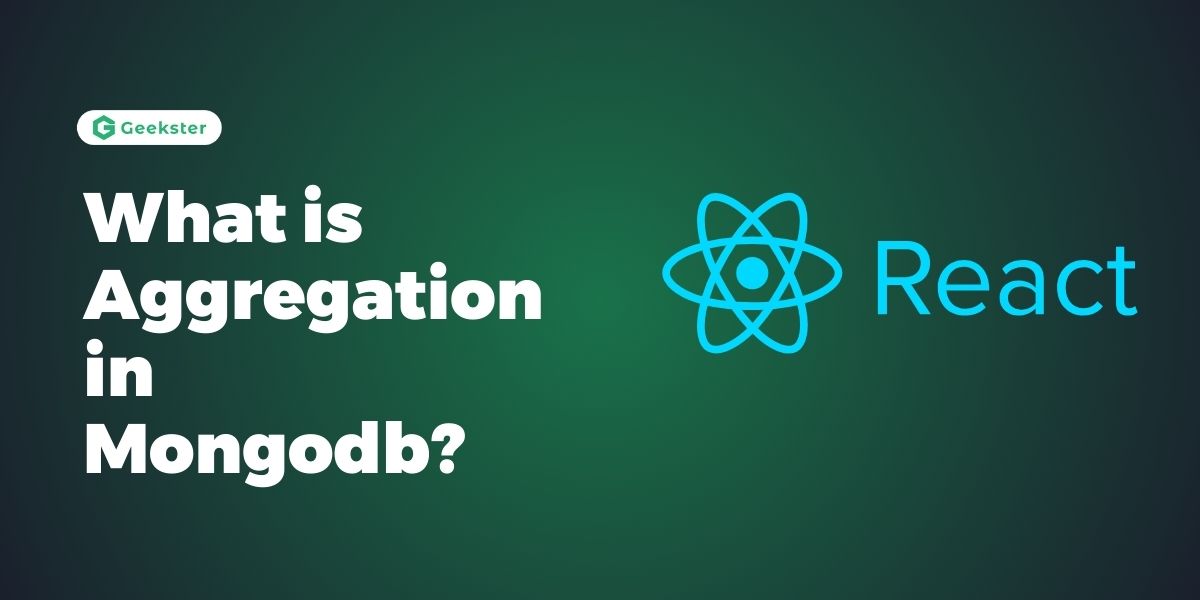Introduction
Aggregation is a powerful framework in MongoDB used to process and transform collections of documents into aggregated results. This capability is essential for performing complex data analysis and transformations directly within the database. Aggregation operations allow you to filter, group, sort, and reshape data efficiently, making MongoDB a versatile tool for handling large datasets.
Understanding the Aggregation Framework
The aggregation framework in MongoDB uses a pipeline approach, where documents pass through a sequence of stages. Each stage performs a specific operation on the input documents and passes the transformed results to the next stage. This pipeline approach enables the construction of sophisticated data processing tasks by combining multiple stages.
Key Aggregation Stages
- $match: Filters documents to pass only those that match the specified condition.
- $group: Groups documents by a specified key and performs aggregation operations on grouped data (e.g., sum, average).
- $project: Reshapes each document in the stream, such as adding, removing, or renaming fields.
- $sort: Sorts documents by a specified field or fields.
- $limit: Limits the number of documents passed to the next stage.
- $skip: Skips a specified number of documents.
- $unwind: Deconstructs an array field from the input documents to output a document for each element.
- $lookup: Performs a left outer join to another collection in the same database to filter in documents from the “joined” collection for processing.
Example Aggregation Pipeline
Consider a collection named sales that contains documents with fields item, price, and quantity. Here’s an example of an aggregation pipeline that calculates the total sales for each item:
[
{
"$group": {
"_id": "$item",
"totalSales": { "$sum": { "$multiply": ["$price", "$quantity"] } }
}
},
{
"$sort": { "totalSales": -1 }
}
]Explanation of the Pipeline:
- $group: Groups the documents by the
itemfield. For each group, it calculates thetotalSalesby multiplying thepriceandquantityfields and then summing the results. - $sort: Sorts the grouped documents in descending order of
totalSales.
Benefits of Using Aggregation in MongoDB
- Efficiency: Aggregation operations are performed on the database server, reducing the amount of data transferred to the client and leveraging MongoDB’s optimized data processing capabilities.
- Flexibility: The pipeline approach allows for the construction of complex data transformations by combining multiple stages.
- Scalability: MongoDB’s aggregation framework is designed to handle large datasets efficiently, making it suitable for big data applications.
- Versatility: Aggregation can be used for a wide range of tasks, from simple data summarization to complex data analysis and reporting.
Common Use Cases for Aggregation
- Data Summarization: Calculating totals, averages, counts, and other summary statistics.
- Data Transformation: Reshaping documents to fit new schemas or output formats.
- Data Filtering and Sorting: Extracting and organizing data based on specific criteria.
- Joining Collections: Combining data from multiple collections using the
$lookupstage. - Real-Time Analytics: Performing real-time data analysis and reporting directly within MongoDB.
Conclusion
Aggregation in MongoDB is a robust and versatile framework for processing and transforming data within the database. By utilizing the pipeline approach, developers can construct complex data processing workflows that are efficient and scalable. Whether you are summarizing sales data, reshaping documents, or performing real-time analytics, MongoDB’s aggregation framework provides the tools needed to handle a wide range of data processing tasks effectively.
Frequently Asked Questions
Aggregation in MongoDB is a framework used to process and transform collections of documents into aggregated results. It allows for complex data analysis and transformations directly within the database using a pipeline approach.
The aggregation pipeline is a sequence of stages that processes documents. Each stage performs a specific operation, such as filtering, grouping, sorting, or reshaping, and passes the results to the next stage.
The main stages include:
$match: Filters documents.
$group: Groups documents by a key and performs aggregation operations.
$project: Reshapes documents.
$sort: Sorts documents.
$limit: Limits the number of documents.
$skip: Skips a specified number of documents.
$unwind: Deconstructs array fields.
$lookup: Performs a left outer join with another collection.

